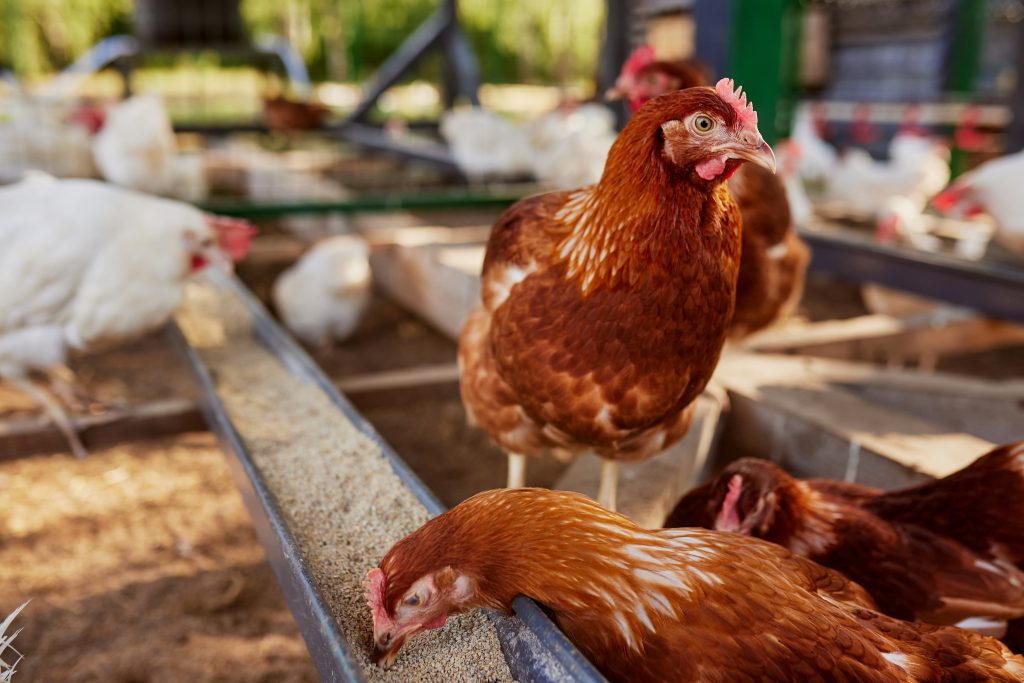
Consumers are feeling the pinch as egg prices reach record highs, a consequence of reduced egg-laying flocks due to the ongoing outbreak of highly pathogenic avian influenza (HPAI). Industry stakeholders and the U.S. Department of Agriculture (USDA) are actively seeking solutions to stabilize the market. Rod Bain, joined by USDA Chief of Staff Kailee Tkacz Buller, looks at the concerns and the efforts to address HPAI, lower egg supplies, and consumer egg prices in this edition of “Agriculture USA”.
“Prices are at record highs,” USDA World Agricultural World Outlook Board Chairman Mark Jekanowski stated, highlighting the severity of the situation. “The daily New York Shell Egg price – official USDA egg price – collected in New York recently passed $8 per dozen.”
The impact of HPAI on poultry and egg supplies is a significant concern. “We have experienced repeated HPAI events over about the last 18 months, which have really cut the size of that layer flock and not provided an opportunity to rebuild that flock,” explained Agriculture Chief Economist Seth Meyer during the USDA’s recent Ag Outlook Forum.
USDA economist Megan Scweitzer predicts further price increases. “We’re predicting prices for eggs to increase by 41.1%,” she stated, noting that “the average price of eggs in 2024 was $3 and 17 cents.”
The reduced layer bird population directly contributes to the supply shortage. “We have lost another 7.4 million layer birds,” said Agriculture Department chief economist Seth Meyer. “We can add on the scale of four to 6 million back into the flock a month. So we have lost, since the WASDI report, a month and a half of rebuild, so that will push those higher prices out a little further.”
In response to the crisis, the USDA has unveiled a comprehensive, five-pronged strategy with up to $1 billion in funding. “We are investing up to $1 billion to combat avian flu and reduce egg prices for consumers,” declared Buller.
Key components of the strategy include:
- Enhanced Biosecurity: “We are going to invest in biosecurity measures for all US poultry producers,” stated Buller. “We will begin with the egg layers, but we do hope to get further down the poultry chain.”
- Indemnification for Depopulation: “We will continue to indemnify producers, and we will increase that rate based on the fair market value,” said Buller.
- Regulatory Relief: Actions are being taken to reduce regulatory burdens on egg and poultry producers, are being conducted between the USDA and the FDA.
- Exploration of Vaccines and Therapeutics: “We are working closely with our friends at HHS and with the trade sector and our friends in the poultry and dairy industry to explore potential vaccines to explore potential therapeutic options and other strategies to really protect egg-laying chickens,” Buller explained.
- International Trade and Best Practices: “We will work through that with countries,” said Buller, addressing temporary egg export and import options. “Turkey is a country that we already work with right now to import some eggs, and we do know that they’re gonna be importing additional eggs, and so we’re open to having those continued conversations until the price situation rectifies here in the US.”
The USDA is also evaluating international best practices to bolster domestic egg production and safety. The department aims to stabilize the market and alleviate the financial burden on consumers.
The combination of HPAI outbreaks and market fluctuations has created a challenging environment for both producers and consumers. The USDA’s comprehensive strategy aims to mitigate the impact of avian influenza and restore stability to the egg market.

















